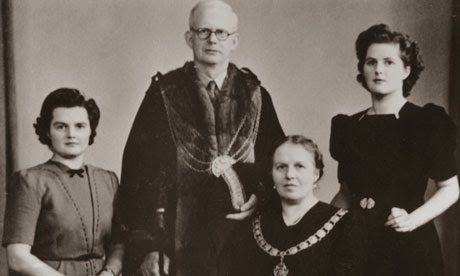Downfall
Contempt for Rasputin grew among political rivals of Czar Nicholas. On December 29, 1916, a group of conspirators, including the czar's first cousin, Grand Duke Dmitri Pavlovich, and Prince Felix Yusupov, invited Rasputin to Yusoupov's palace, and fed him wine and cakes laced with cyanide. But the poison seemed to have no effect. Baffled but not deterred, the conspirators repeatedly beat and finally shot Rasputin several times. He was wrapped in a carpet and thrown into the Neva River, only to be discovered three days later. An autopsy revealed that there was water in Rasputin's lungs at the time of his death, and it was concluded that he died by drowning.
Russia and the imperial family had gotten rid of Rasputin, but not his influence. Shortly before his death, Rasputin wrote to Nicholas that if he were killed by government officials, the entire imperial family would be killed by the Russian people. His prophecy came true 15 months later, when the czar, his wife and all of their children were killed by assassins amidst the Russian Revolution.















































